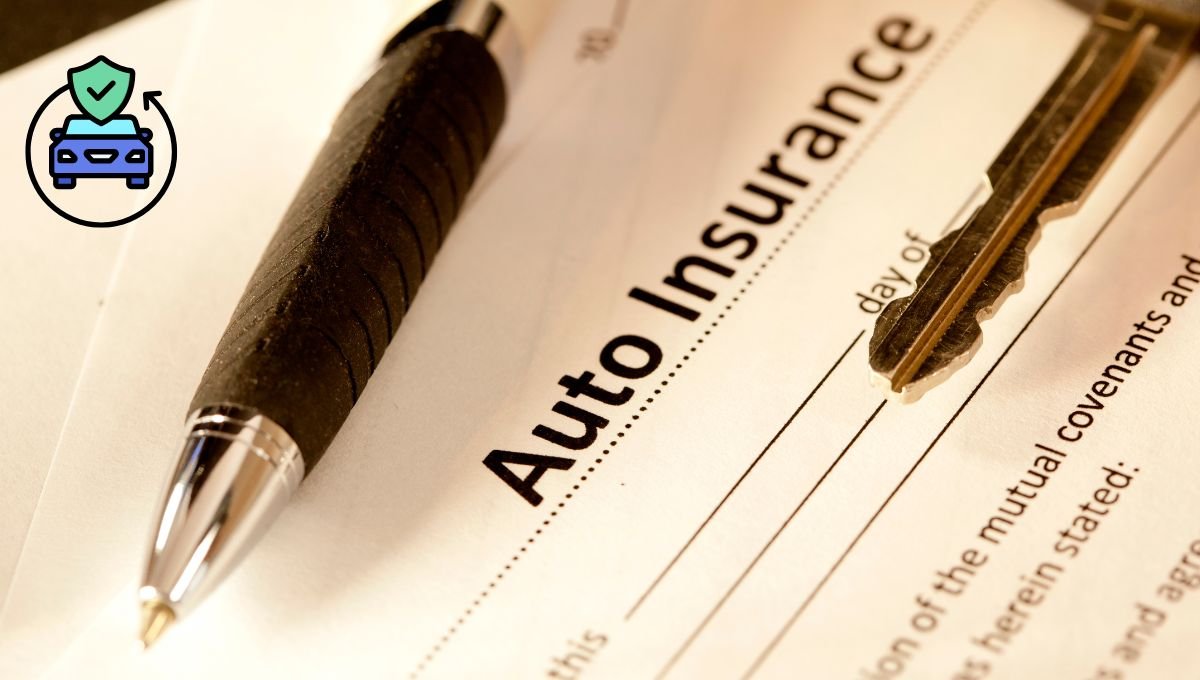Auto insurance is a financial safety net for vehicle owners, protecting them from unexpected expenses related to accidents, theft, and damage. Whether you’re a first-time car owner or a seasoned driver, understanding auto insurance is essential to make informed decisions and stay financially secure. This article provides a comprehensive overview of auto insurance, including its importance, types, benefits, and tips for choosing the right policy.
What Is Auto Insurance?
Auto insurance is a contract between you and an insurance company that provides financial protection against losses arising from accidents, theft, natural disasters, or other covered events. In exchange for a premium, the insurance company agrees to cover certain expenses, as outlined in your policy.
Auto insurance is not just a legal requirement in most countries but also a wise financial decision. It can save you from significant out-of-pocket expenses in the event of an unforeseen incident.
Types of Auto Insurance Coverage
Auto insurance policies come with various types of coverage. Here’s a breakdown of the most common ones:
1. Liability Coverage
Liability insurance is the most basic type of auto insurance and is often mandatory. It covers:
- Bodily Injury Liability: Pays for injuries to other people caused by your vehicle.
- Property Damage Liability: Covers damage to someone else’s property, such as a car, building, or fence.
2. Collision Coverage
Collision coverage pays for repairs or replacement of your car if it is damaged in a collision, regardless of fault. This type of coverage is particularly useful if you have a new or valuable car.
3. Comprehensive Coverage
Comprehensive coverage protects your vehicle against non-collision-related incidents, such as theft, vandalism, natural disasters, or falling objects.
4. Uninsured/Underinsured Motorist Coverage
This coverage comes into play if you’re involved in an accident with a driver who doesn’t have insurance or has inadequate insurance. It can cover medical expenses and damages to your car.
5. Personal Injury Protection (PIP)
Also known as “no-fault insurance,” PIP covers medical expenses, lost wages, and other related costs for you and your passengers, regardless of who is at fault.
Why Is Auto Insurance Important?
Auto insurance is not just a legal obligation; it offers several crucial benefits:
1. Financial Protection
Car accidents can be expensive. Auto insurance covers repair costs, medical bills, and legal fees, reducing your financial burden.
2. Legal Compliance
Most countries and states require drivers to have at least minimum liability coverage. Driving without insurance can result in fines, license suspension, or even imprisonment.
3. Peace of Mind
Knowing you’re covered in case of an accident or unexpected event allows you to drive with confidence and less stress.
4. Protection Against Lawsuits
Liability coverage can protect you from costly lawsuits if you’re found at fault in an accident.
Factors That Affect Auto Insurance Premiums
Insurance premiums vary based on several factors. Understanding these can help you manage your costs:
- Driving History: A clean driving record usually leads to lower premiums.
- Age and Gender: Younger drivers and male drivers often pay higher premiums due to statistical risk factors.
- Vehicle Type: Luxury or high-performance cars typically cost more to insure.
- Location: Urban areas with higher traffic density and crime rates can lead to higher premiums.
- Coverage Level: The more comprehensive your coverage, the higher your premium.
- Credit Score: In some regions, insurers use credit scores to determine premiums.
How to Choose the Right Auto Insurance Policy
Selecting the best auto insurance policy can feel overwhelming. Here are some tips to make the process easier:
1. Assess Your Needs
Consider your driving habits, vehicle type, and budget to determine the type and amount of coverage you need.
2. Compare Quotes
Get quotes from multiple insurers to find the best deal. Online comparison tools can simplify this process.
3. Check the Insurer’s Reputation
Research customer reviews, claim settlement records, and financial stability of the insurance provider.
4. Look for Discounts
Many insurers offer discounts for safe driving, bundling policies, or installing safety features in your car.
5. Understand the Policy Terms
Read the policy document carefully to understand what is covered, what is excluded, and the claim process.
Tips to Reduce Auto Insurance Costs
- Drive Safely: Avoid accidents and traffic violations to maintain a clean record.
- Bundle Policies: Combine auto insurance with home or renter’s insurance for a discount.
- Choose a Higher Deductible: A higher deductible can lower your premium, but ensure you can afford it in case of a claim.
- Install Safety Features: Anti-theft devices, airbags, and other safety features can lead to discounts.
- Limit Coverage on Older Cars: For older vehicles with low market value, consider dropping collision and comprehensive coverage.
Common Myths About Auto Insurance
- Red Cars Cost More to Insure: Insurance costs are based on factors like the car’s make, model, and safety features, not its color.
- Full Coverage Protects Everything: Even full coverage has exclusions, so read your policy carefully.
- Insurance Follows the Driver: In most cases, insurance follows the car, not the driver.
Conclusion
Auto insurance is a vital tool for protecting yourself, your passengers, and your vehicle from unexpected financial burdens. By understanding the types of coverage, factors affecting premiums, and tips for selecting the right policy, you can make smarter decisions and enjoy peace of mind on the road. Remember to review your policy annually and update it as your needs change.
Investing in a good auto insurance policy isn’t just about compliance—it’s about safeguarding your future. Drive safely and stay insured!

